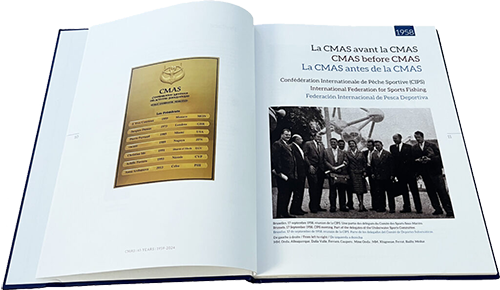DEFINITION
Finswimming is an aquatic sport where the athlete uses accessories in order to attain great speed.
By "Finswimming", we mean the progression with a Monofin or with two fins either on the surface or underwater, using the swimmers' muscular force only and without the use of support or any mechanism, not even muscle-powered. For underwater disciplines with breathing equipment, only compressed-air sub-aqua equipment is allowed.
Regulations
Indoor Surface
The athlete swims, using a monofin, in a style reminiscent of the motion of dolphins. The use of a snorkel for breathing allows the body to have a perfect hydrodynamic position. It is a spectacular style of swimming because of the speeds attained, close to 11 km/h. The competition program comprises distances from 50 to 1500 m.
Indoor Immersion
Indoor Apnea
Indoor Bi-fins
INDOOR RELAYS
Team events exist in swimming-pool. Usually they comprise teams of four swimmers, which may, depending on the event, be mixed and also be swam with monofin, bi-fins or both.
They are spectacular events because there are often changes in the relative positions during the race.




























